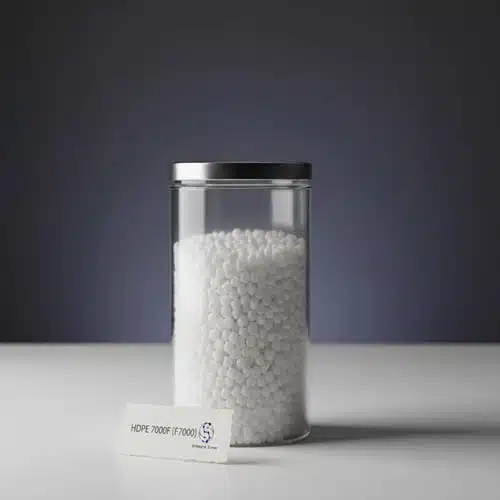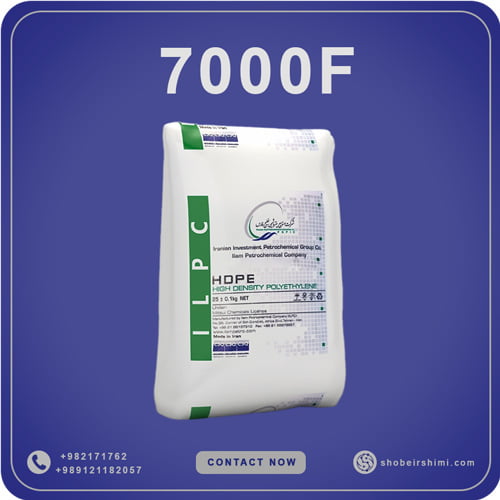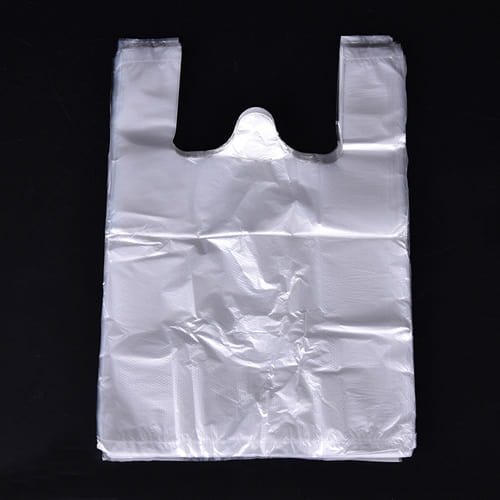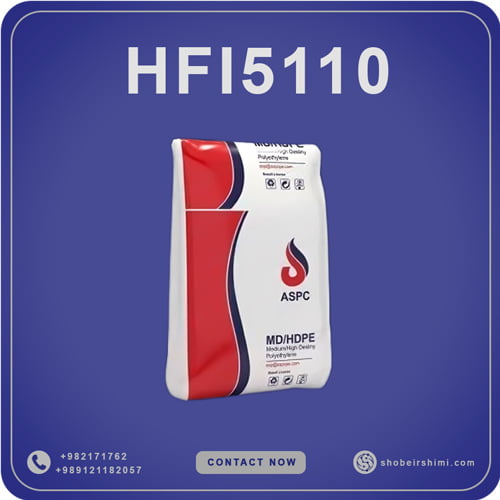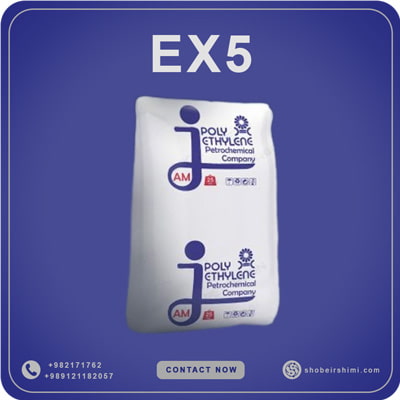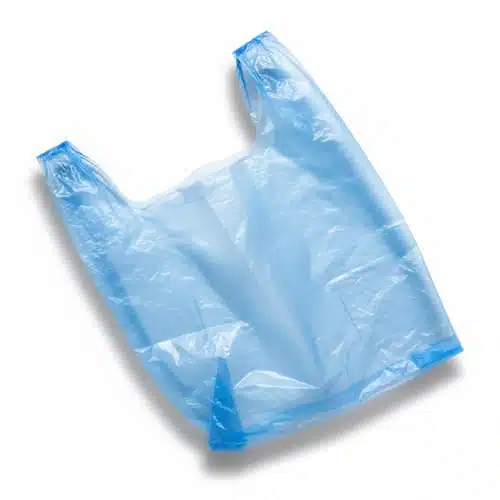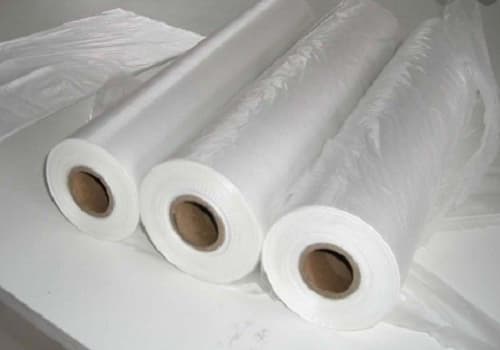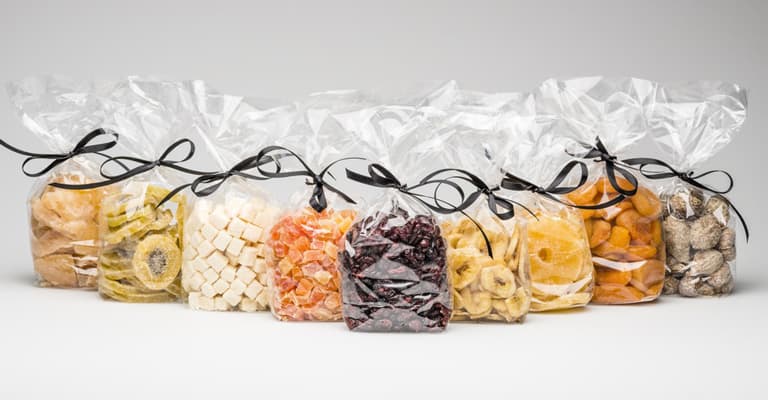HDPE Film Grades: A Comprehensive Guide to High Density Polyethylene Film
High-Density Polyethylene Film, commonly known as HDPE film, is a versatile thermoplastic polymer film created from petroleum-based ethylene monomers. As one of the most widely used and in-demand materials in industry and commerce today, it is renowned for its high strength-to-density ratio. These properties make HDPE films versatile enough for nearly any application. This high density polyethylene film provides a superior balance of strength, flexibility, and cost-effectiveness, earning it the status of an indispensable commodity in packaging and manufacturing.
The production of HDPE film is most commonly achieved through the blown film extrusion process. In this procedure, molten HDPE resin is extruded through a round die and inflated into a thin bubble. Once cooled and flattened, the result is a robust, consistent HDPE blown film grade (often finished as an HDPE film roll) perfect for many uses. This process enables the production of films of all thicknesses, widths, and strengths, which are used in a variety of HDPE film packaging solutions for diverse industries.
HDPE Film: Key Benefits & Features
HDPE film is highly valued for its unique combination of properties that satisfy the demands of many contemporary applications. Among its most brilliant features is its high strength-to-density ratio, which allows for the manufacturing of thin films that are still exceptionally strong and durable. This makes HDPE plastic film an excellent choice for creating lightweight yet tough HDPE film packaging.
Furthermore, high density polyethylene film is highly resistant to chemicals, moisture, and UV degradation (when stabilized). These qualities make it especially useful in food, pharmaceutical, and agricultural packaging, where goods must be protected against external factors. These qualities also lead to diverse HDPE film grade uses in liners, protective coatings, and insulation layers.
A second key benefit is its environmental profile. As a recyclable material, HDPE film offers an environmentally friendly option for manufacturers and end-users concerned with reducing their environmental impact. Its durability, along with intermittent transparency, also increases its utility, making film hdpe a top choice in safety-critical and visibility-demanded applications.
Common HDPE Film Grades & Specifications
HDPE film is a very versatile thermoplastic, and its HDPE grades are carefully formulated to possess unique performance characteristics depending on their Melt Flow Index (MFI), density, and end application.
Below is a detailed explanation of common HDPE Film Grades used in different packaging and industrial applications, providing a glimpse into the diverse options available from major HDPE film manufacturers:
Key HDPE Film Grade Specification Factors:
- MFI (Melt Flow Index): This property indicates the flowability of the resin. Lower MFI (e.g., HD-7000F, HD-3713) yields tougher, stronger films suitable for HDPE film packaging like shopping bags. Higher MFI (e.g., HD-EX5, HD-5110) allows for more processability ease in applications like wrapping films and high-speed extrusion.
- Density: Density varies across HDPE film grades and affects mechanical strength, transparency, or opacity, as well as barrier properties. HD-EX5, with a high density of 0.959 g/cm³, offers superior stiffness and strength for HDPE high-density film uses. This is a key factor when comparing HDPE and LDPE film grade properties.
- Applications: Each HDPE Film Grade is optimized for a specific industrial use. For instance:
- HD-7000F is engineered specifically for ultra-thin HDPE film applications, such as liners and T-shirt bags. This is a highly sought-after film grade.
- HD-3713 is often used as a blending partner for multilayer films or for high-density polyethylene film used in waste and carrier bags.
- HD-EX5 and HD-5110 are designed for high-end packaging and wrapping applications in which processability and toughness are the overriding requirements. These HDPE Film Grades form the basis of modern HDPE plastic film solutions used in the packaging, retail, food service, and industrial markets. The right film grade ensures not just cost-effectiveness but mechanical performance tailored to precise end-use requirements. Leading brands such as Borouge, Reliance, and SABIC are prominent players in this market, offering a wide range of HDPE film grades.
Primary HDPE Film Uses & Applications
HDPE films are a versatile product utilized widely across many industries due to their strength, chemical resistance, and lightweight nature. Among the most common HDPE Film Uses are:
- Packaging: HDPE film has a prominent use in the packaging sector, where it appears in the form of food and beverage packaging, shopping bags, and retail bags. Due to its superior moisture resistance and barrier strength, it’s the ideal material for such uses. This is a key market for HDPE high-density film.
- Construction: HDPE film suppliers frequently provide the construction industry, where the film is used as a vapour barrier, roofing underlayment, and protective covering for building materials. It is particularly useful on construction sites because of its flexibility and tear resistance.
- Other Applications: A few other HDPE Film Uses include window protection film, flooring and countertop protection, and trash/counter bags. The variety of applications highlights the versatility and utility of the material across a variety of functional situations, often leveraging HDPE HMW film grade for its superior strength.
HDPE Film Manufacturers & Suppliers
The need for HDPE film is met by a global network of high density polyethylene film manufacturers and hdpe film suppliers, some of whom are HDPE film Iran.
Iranian HDPE film manufacturers, in particular, are backed by the biggest petrochemical entities in Iran:
- Jam Petrochemical Company: Famed for its massive production capacity as well as export-quality materials.
- Amir Kabir Petrochemical Company: One of the significant names among Iranian HDPE film suppliers, a leading HDPE film manufacturer offering competitive rates and quality. Such operators place HDPE film Iran in a significant position as an exporter with access to domestic feedstock and inexpensive manufacturing . Iranian suppliers’ HDPE film packing is optimized for overseas delivery, ensuring secure and efficient HDPE Film Transportation globally.
HDPE Film Price Overview
The HDPE Film Price is influenced by several market factors. Prices are generally negotiable and influenced by factors such as:
- Product Grade: The specific HDPE Film Grade (e.g., HDPE 7000F) versus other HDPE grades or a blended HDPE LDPE film grade will impact the price.
- Order Quantity: Bulk orders often secure more competitive pricing.
- Shipping Terms: Including FOB (Free on Board), CFR (Cost and Freight), and CPT (Carriage Paid to).
- Market Factors: Major HDPE Film Price drivers include feedstock prices (e.g., crude oil), exchange rates, and premiums on specialty film applications. Prices can vary significantly by region; for instance, the HDPE film grade price in India might differ from prices in the Middle East due to regional supply and demand dynamics.
In order to save costs, buyers often collaborate with HDPE film manufacturers for bulk requirements and arrange the most economical logistics. Direct negotiations with a reliable HDPE film supplier allow for greater transparency and flexibility.
Packaging, Transportation, & Logistics
HDPE Film transportation and logistics are a critical part of maintaining product integrity and delivering on time. HDPE film exporters and suppliers follow global standards to ensure safe handling during transit.
Common HDPE Film Packing methods include:
- 25 kg polyethylene (PE) bags stacked on pallets
- Jumbo bags for bulk shipments
- Securely wrapped as an HDPE film roll on pallets
- Specific HDPE film grade specification requirements may influence packing methods.
Depending on the destination and urgency, HDPE Film is exported via numerous channels. The transportation mode typically affects the HDPE Film Price when agreeing on FOB, CFR, or CIF terms. For overseas buyers, an understanding of these logistics alternatives helps in selecting the cheapest and most reliable supply chain method.
Tips for Buyers & Specifiers
When you are buying HDPE Film, the right product specification and supplier can be a performance and value differentiator. The following are professional guidelines for specifiers and purchasers:
- Choose the Right HDPE Film Grade: Applications vary from very thin films in packaging to heavy-duty grades for industrial use. Ensure you are purchasing the correct HDPE film grade for your use.
- Verify Technical Datasheets: Evaluate key properties such as Melt Flow Index (MFI) and density, which have a direct influence on processability and final product behaviour. For instance, an HDPE film grade MFI of 4.0 (like HDPE 7000F) is ideal for ultra-thin films.
- Understand Pricing Structure: HDPE Film price is a function of various factors such as grade, order quantity, shipping mode, and raw material cost. Always mention terms such as FOB or CIF clearly while transacting with HDPE film suppliers.
- Ensure Certifications and Sustainability: Reputable HDPE Film Suppliers will provide quality certifications and offer sustainable options. Look for products that are recyclable or carry eco-friendly certifications, which may include recycled HDPE natural blow grade scrap or similar materials.
These methods ensure that consumers not only receive quality HDPE Film Grades but also enjoy long-term value and guaranteed supply.
Looking to source high-quality HDPE Film for your business needs?
Whether you require thin-gauge film packaging or heavy-duty HDPE HMW film grade for industrial use, we offer an entire series of HDPE Film Grades at affordable costs. Backed by distinguished HDPE film suppliers, our products meet worldwide standards of HDPE Film Packing, logistics, and quality.
For availability, technical details, and the latest HDPE film prices, contact us on WhatsApp today. Our expert team awaits to help you choose the right HDPE film grade and enable efficient logistics across the globe.

